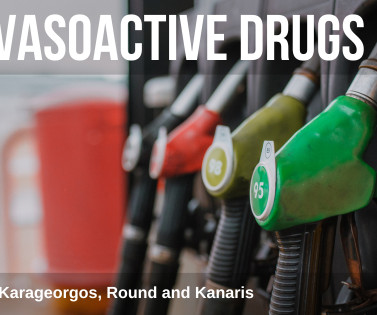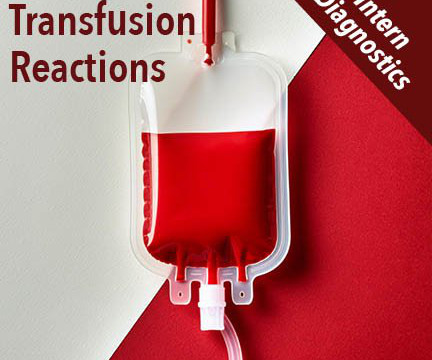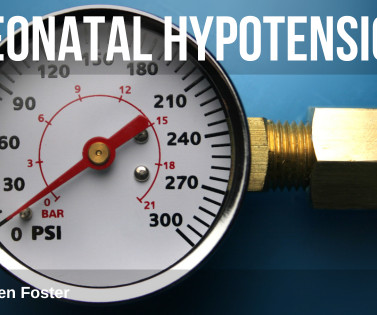A Beginner’s Guide to Vasoactive Drug use in Children with Septic Shock
Don't Forget the Bubbles
NOVEMBER 27, 2023
Four-year-old Ed is being resuscitated for presumed Invasive Group A Streptococcal Sepsis from tonsilitis. In middle-to-high-income countries, after 40-60ml/kg of fluid resuscitation, the Surviving Sepsis Campaign International Guidelines recommend using vasoactive drugs. After 40ml/kg of IV 0.9% The CRT is unchanged.
















Let's personalize your content